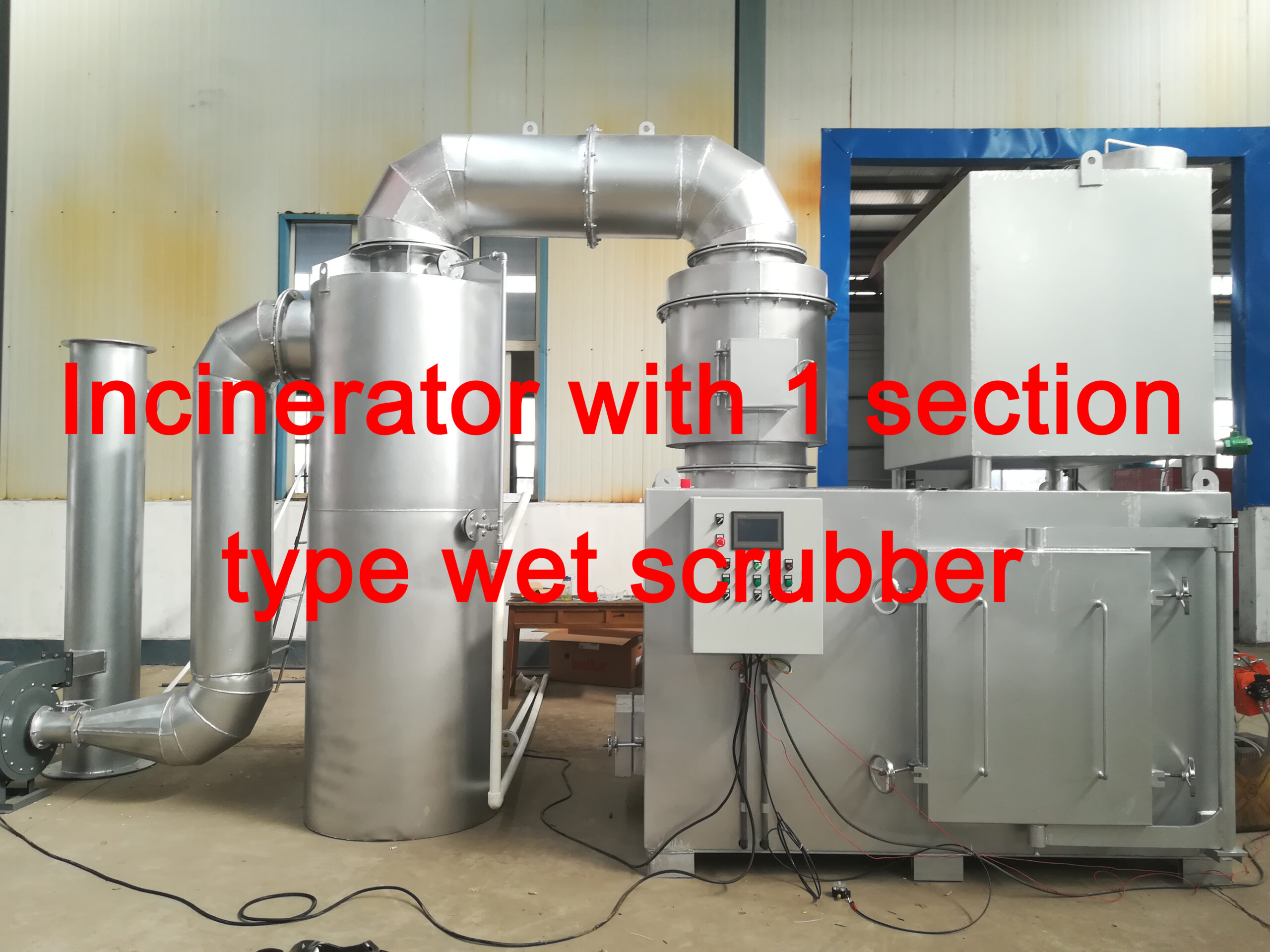The proper disposal of clinical waste is a critical aspect of healthcare management. Clinical waste such as used syringes, medical supplies, and infectious materials must be disposed of in a manner that is both safe and environmentally friendly. As the demand for healthcare services continues to rise, the issue of clinical waste disposal is becoming increasingly important. In Scotland, a proposal to build a new incinerator to manage clinical waste has sparked a debate about the future of clinical waste disposal in the country.
The proposed incinerator, to be located in North Lanarkshire, has faced opposition from local residents and environmental groups. They argue that the incinerator could have negative impacts on public health and the environment. However, proponents of the incinerator argue that it is a necessary solution to the growing problem of clinical waste disposal in Scotland.
One of the main arguments in favor of the incinerator is that it would provide a safe and efficient means of disposing of clinical waste. Incinerators are designed to burn waste at extremely high temperatures, effectively destroying potentially hazardous materials such as pathogens and toxins. This would significantly reduce the risk of contamination and infection associated with improper handling and disposal of clinical waste.
Furthermore, incinerators are capable of converting the energy produced from burning waste into electricity. This could potentially provide a sustainable source of energy for local communities. Additionally, modern incinerators are equipped with advanced filtration systems that greatly reduce the emission of harmful pollutants into the atmosphere, making them a more environmentally friendly option than conventional waste disposal methods.
However, opponents of the incinerator proposal raise concerns about air pollution and the release of toxic chemicals into the atmosphere. They argue that incinerators emit harmful substances such as dioxins and heavy metals, which can pose serious health risks to the surrounding population. There are also concerns about the impact of the incinerator on the local environment and wildlife.
In light of these concerns, it is important to carefully consider the potential risks and benefits associated with the proposed incinerator. The Scottish government has a responsibility to ensure that any new waste management facilities meet rigorous environmental and safety standards. Additionally, it is crucial to engage with local communities and listen to their concerns in order to make informed decisions about the future of clinical waste disposal in Scotland.
In addition to exploring the potential of incineration, it is also important to consider alternative methods of clinical waste disposal. For example, the implementation of recycling and waste reduction programs in healthcare facilities could help to minimize the amount of clinical waste that requires disposal. There is also growing interest in the use of autoclaves and other sterilization technologies to treat clinical waste before it is sent to landfill or incineration.
Overall, the future of clinical waste disposal in Scotland hinges on finding a balance between the need for safe and efficient waste management and the protection of public health and the environment. The debate over the proposed incinerator in North Lanarkshire highlights the complexity of this issue and the importance of careful consideration and engagement with stakeholders. As the healthcare industry continues to evolve, finding sustainable and responsible solutions for clinical waste disposal will be an ongoing challenge.



